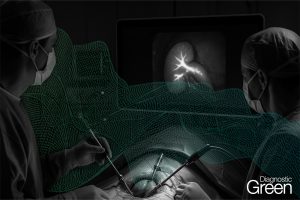Purpose: To investigate the imaging and clinical features of polypoidal choroidal vasculopathy (PCV) with the pulsation. The PCV eyes were classified into pulsatile and non-pulsatile PCV groups according to the pulsation on indocyanine green angiography (ICGA). Imaging features including the dye filling time of the polyp and clinical features were compared.
Results: A total of 75 eyes were classified into the pulsatile PCV (30 eyes) or the non-pulsatile PCV (45 eyes) groups. The initial and complete filling time of the polyp of the pulsatile PCV group (2.59 ± 0.93 and 8.33 ± 3.42 seconds) were shorter than those of the non-pulsatile PCV group (4.11 ± 1.87 and 10.63 ± 3.81 seconds, p < 0.001 and p = 0.010, respectively). Pigment epithelial detachment (PED) height of the pulsatile PCV group (414.90 ± 377.15 µm) was greater than that of the non-pulsatile PCV group (247.81 ± 164.07 µm, p = 0.030). Pulsatile PCV group showed a higher prevalence of subretinal hemorrhage (43.33%) after intravitreal injection than non-pulsatile PCV group (13.95%, p = 0.005) during 12 months. The mean number of injections during 12 months of the pulsatile PCV group (5.48 ± 1.46) was greater than that of the non-pulsatile PCV group (4.09 ± 1.21, p < 0.001).
Conclusion: Eyes with pulsatile PCV showed shorter filling time of the polyp, greater PED height, higher prevalence of subretinal hemorrhage, and more intravitreal injection numbers during 12 months. These might suggest that PCV has distinct imaging and clinical features according to the polyp pulsation.




